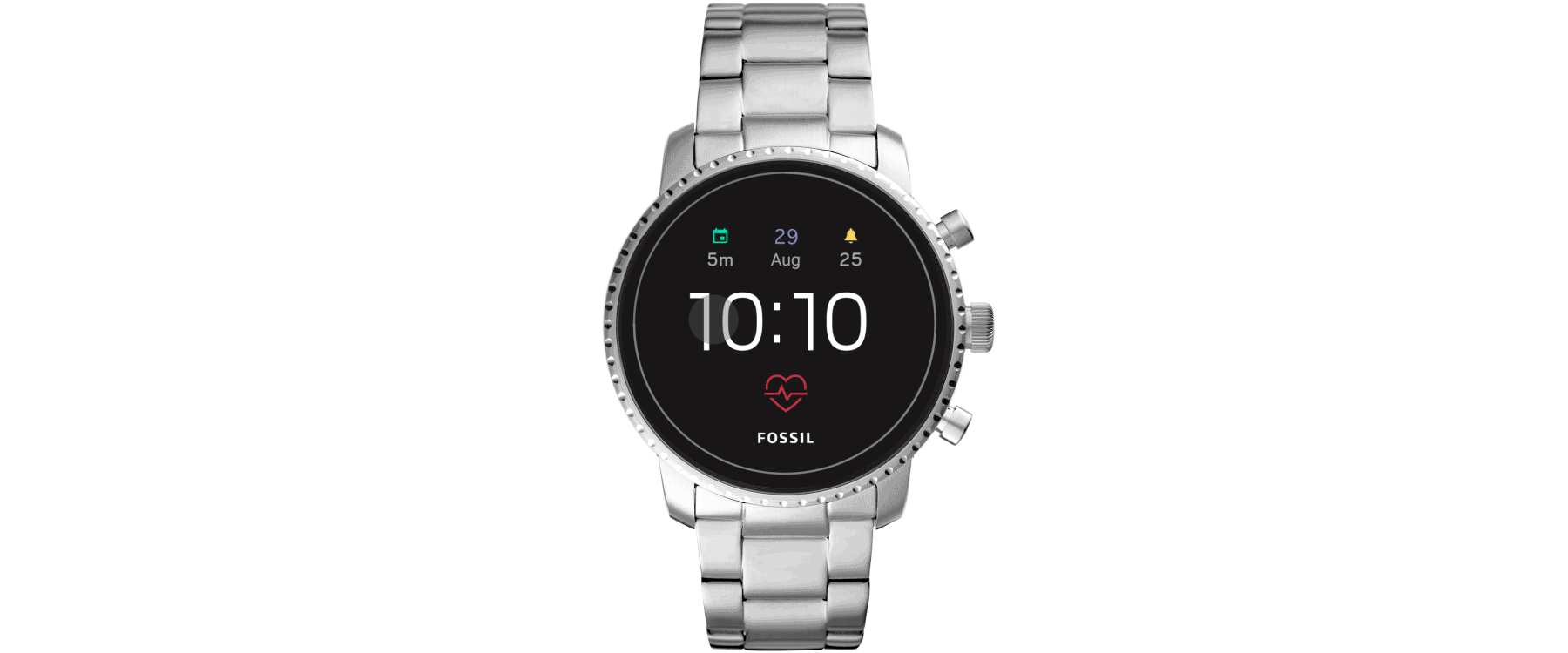Since the announcement of Android Wear in March 2014, which became Wear OS more recently, I’ve been a optimist about the platform. The idea of a ubiquitous, open-but-controlled wearable ecosystem that any device maker could use was appealing. After all, we’re obviously fans of the Android principles.
Then Wear OS arrived, while the software was clearly 1st gen, the hardware felt alpha at best. Marred with what felt like unnecessary design issues such as the flat tyre display, insufficient RAM and a processor that was clearly just not up to the task, early Android Wear / Wear OS was just a bit off.

Wear OS 2.0 was a significant improvement on the original Android Wear and its iterative steps along that path. I genuinely like the new navigation and the custoimisable tiles are an intriguing idea, I’d actually like to see more 1st part tiles and he ability for developers to add tiles to the selection list.

The UI is light, focused on informing you what is happening on your phone and with the notification customisation options you can get really granular on what gets through to your wrist. Google Assistant is largely a failure on the watch being completely unable to do any of the things I want like interact with actions or control home automation devices, honestly all it does is show me web results on a screen ill equipped to view them.
This speaks to the fragmentation in the Assistant ecosystem, but that’s another whole post on its own. Far from being the same Google Assistant everywhere, there’s at least half a dozen of them.
As for Wear OS, the platform is great, and in fact having played with an Apple Watch I honestly prefer Wear OS’s software. All of this leads to the elephant in the room: the performance of Wear OS. With the original Snapdragon 2100 Wear paired with 512MB of RAM, Wear OS was sluggish at best. Even with update to the new Snapdragon 3100 Wear performance wasn’t great.
Adding 1 GB of RAM has most assuredly made a difference to performance I’d call the platform almost ready for normals. But even the 3100 with 1 GB of RAM lags and splutters in places. Both of the current Snapdragon Wearable processors are really just returned Snapdragon 400 series processors, not custom designed silicon for the job.
This is where Google has to step in, clearly waiting for Qualcomm to embrace wearable isn’t working whereas Apples wearable SoC continues to improve, and both Huawei and Samsung are in the space too. It’s not like Google hasn’t dabbled in the processor market with TPU’s and Pixel Core, OP1 (processors for Chromebooks). When Google wants to, it can either guide the market with a preferred chip or just flat out develop its own in house.
If Google wants Wear OS to stand any chance of competing in the market, and more importantly if they want Android Users to have an excellent wearable platform to complement their main phone’s experience, the time has passed to wait for partners to get it right.
Sorry Google we’re calling you out, it’s time for you to lead in this space.
Android is too large an ecosystem to not have a connected accessory platform going forward, I know let’s …. “Make Google do it”.





They should partner up with MediaTek and a few other small ARM manufacturers and give them a leg up to compete with Qualcomm.
Or just make their own. But if they start today we’d still be waiting years.
Kind of a pity AMD didn’t go into ARM since their custom fab business would be handy.
Why doesn’t anyone ever buy Exynos? I guess they must be expensive? Exynos works fine for Samsung watches..
they should just buy fitbit
Fitbit are the worst, they should have bought pebble, before Fitbit did.